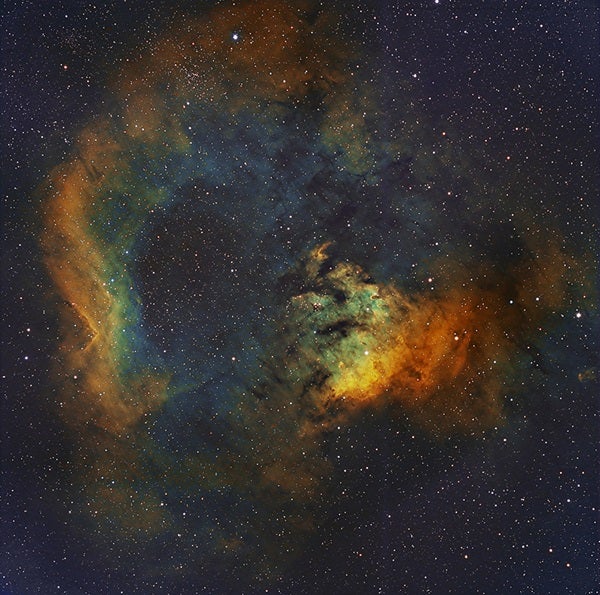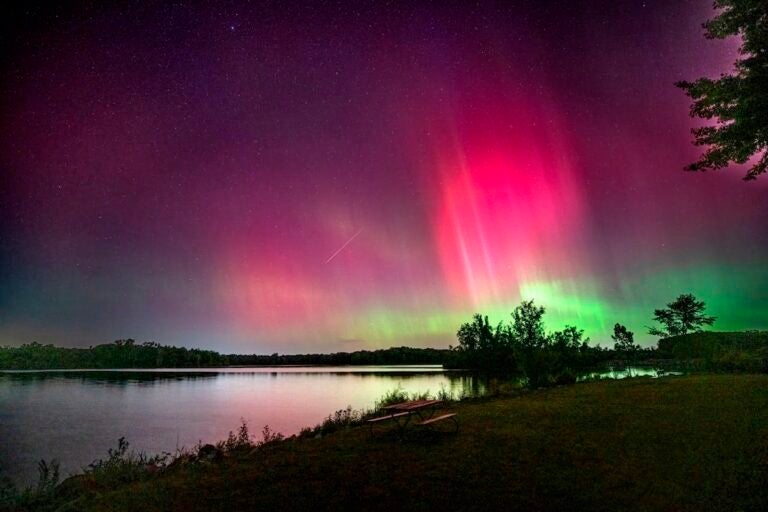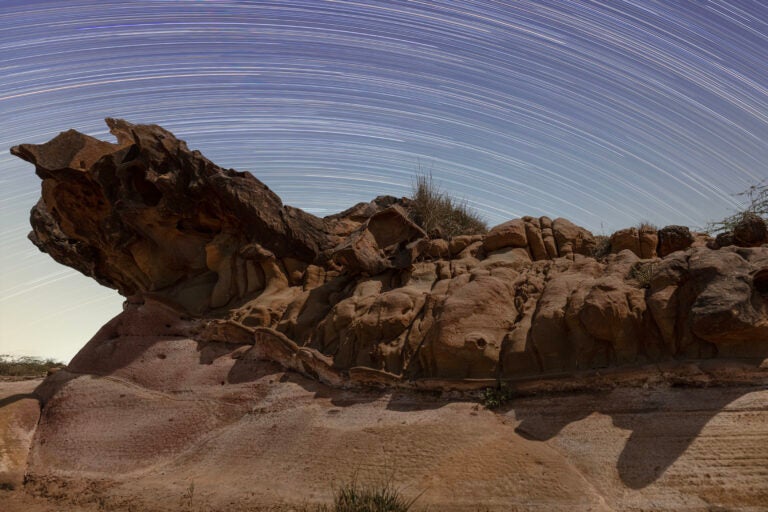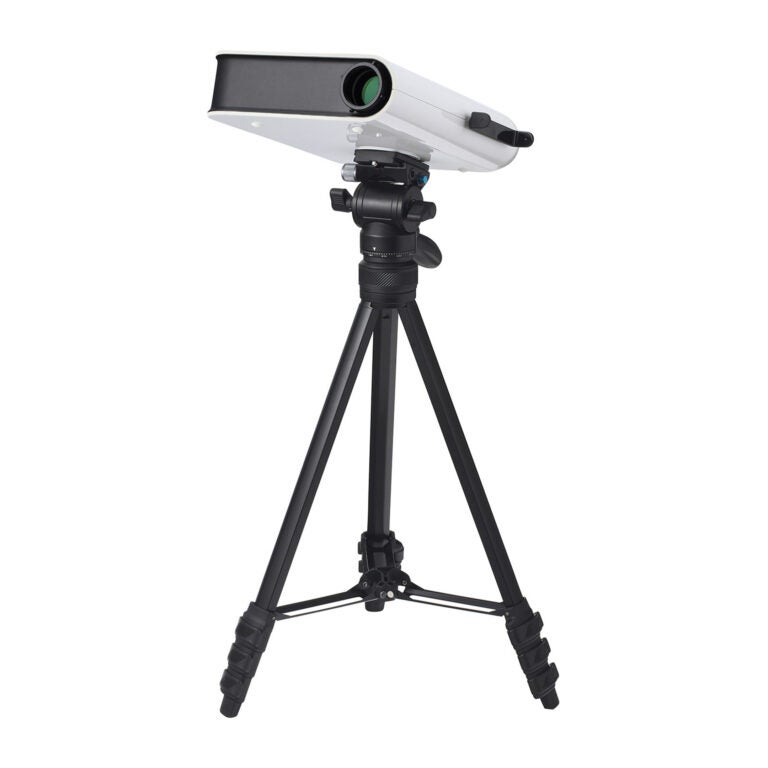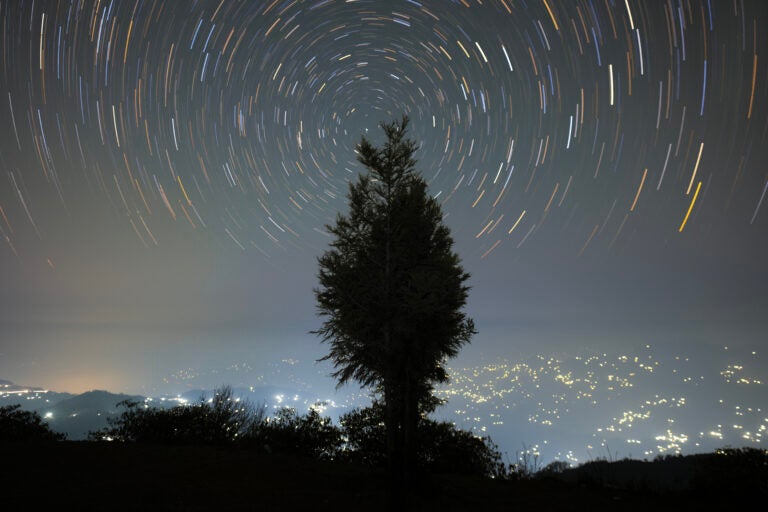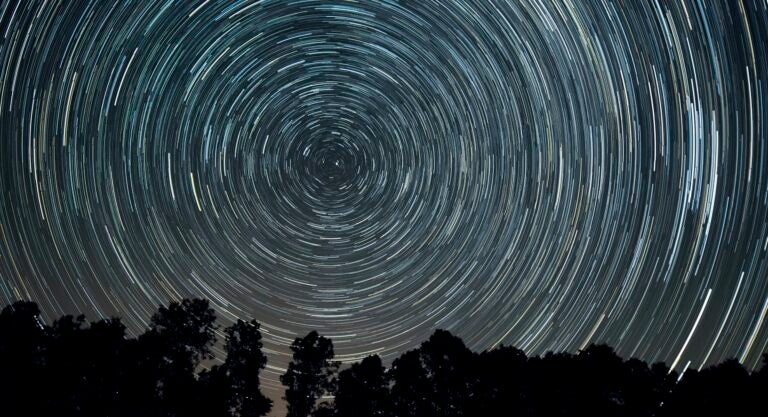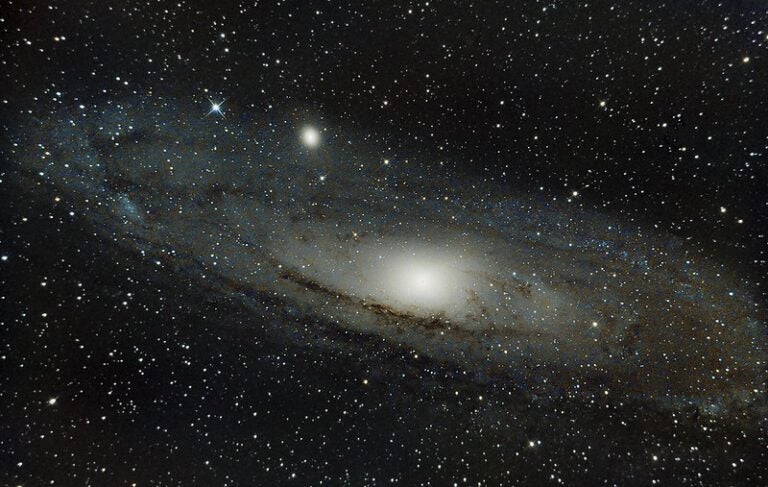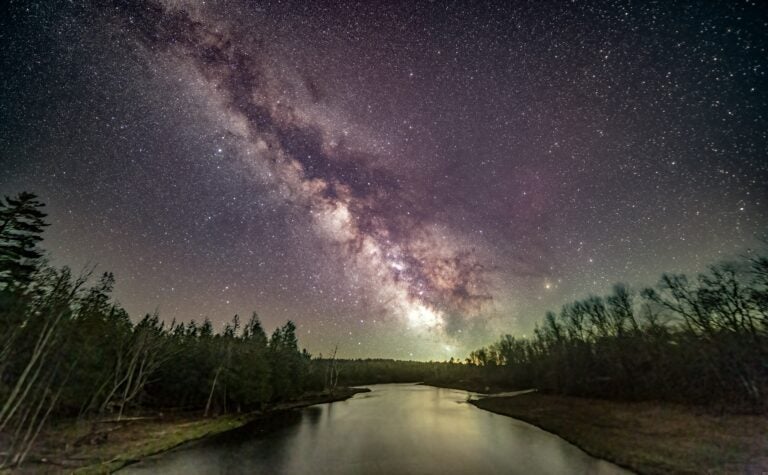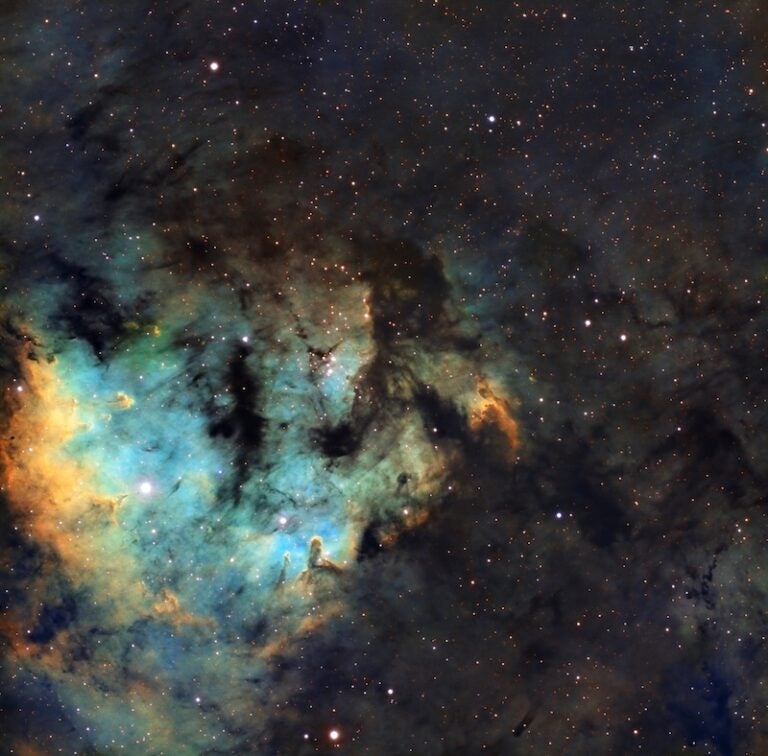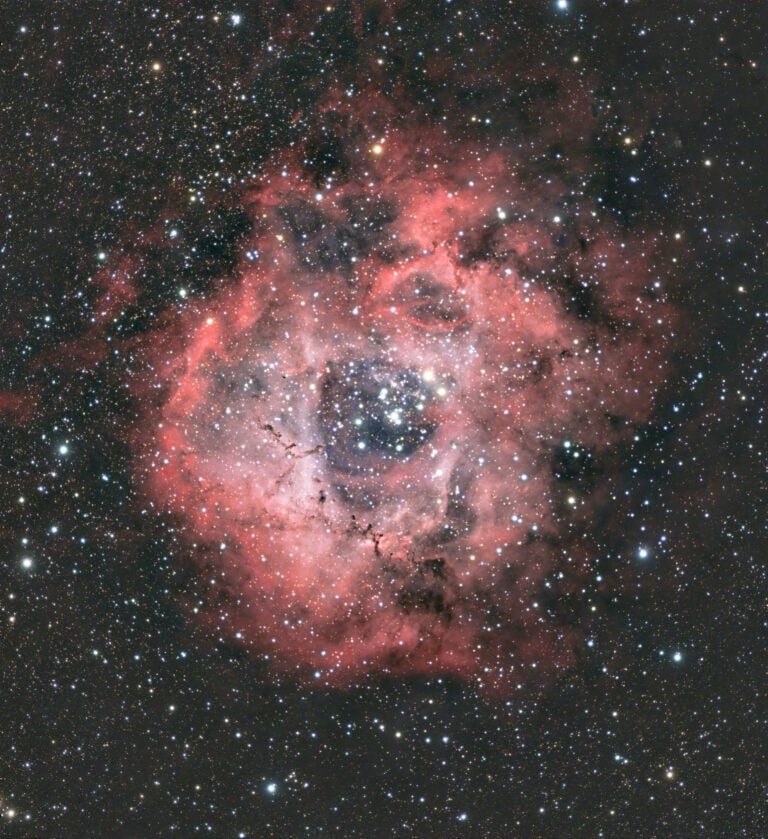Light pollution in Haynes’ neighborhood makes it hard for him to image in LRGB, so he did some research and discovered narrowband imaging. Simply put, narrowband imaging involves shooting through filters that transmit only a small (narrow) part of the light striking them. The three most popular filters are Hydrogen-alpha, Oxygen-III, and Sulfur-II. When Haynes processes the data he collects through the filters, he assigns each a “normal” color channel — red, green, and blue — and then combines them to create a final image.
We didn’t have room for all the wonderful pictures Haynes submitted with his story, so here are a dozen more that we know you’ll enjoy.

